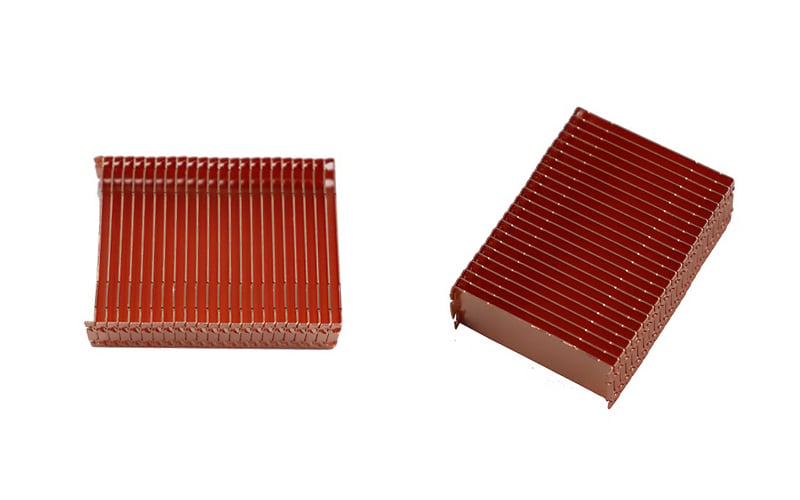A compact heat sink is a vital component in electronic devices and appliances that helps dissipate heat and regulate temperatures. It is designed to efficiently transfer heat away from the electronic components to ensure optimal performance and prevent overheating.
Importance of Efficient Heat Dissipation
Effective heat dissipation is crucial for the longevity and reliability of electronic devices. Without proper cooling mechanisms like a compact heat sink, electronic components can suffer from thermal stress, leading to decreased performance and potential damage.
How Does a Compact Heat Sink Work?
A compact heat sink typically consists of a metal structure with fins or channels that increase surface area for better heat dissipation. When placed on a heat-generating component, the heat sink absorbs and transfers the thermal energy away, allowing cooler air to flow through and dissipate the heat.
Advantages of Using a Compact Heat Sink
One of the main advantages of using a compact heat sink is its small size and lightweight design, making it ideal for space-constrained applications. Additionally, compact heat sinks are cost-effective and easy to install, offering efficient heat dissipation without compromising on performance.
Types of Compact Heat Sinks
There are various types of compact heat sinks available, including passive heat sinks that rely on natural convection for cooling, and active heat sinks that utilize fans or other cooling mechanisms for enhanced heat dissipation. Choosing the right type depends on the specific requirements of the electronic device.
Applications of Compact Heat Sinks
Compact heat sinks are commonly used in electronic devices such as computers, laptops, smartphones, LED lights, and other small appliances. They are essential for maintaining the operational temperature of sensitive components and ensuring optimal performance under heavy load.
Factors to Consider When Choosing a Compact Heat Sink
When selecting a compact heat sink for your electronic device, consider factors such as thermal resistance, size, material, and mounting method. It is important to choose a heat sink that matches the thermal requirements and space constraints of the device to ensure effective heat dissipation.
Installation and Maintenance of Compact Heat Sinks
Proper installation of a compact heat sink is critical for optimal performance. Ensure that the heat sink makes good contact with the heat-generating component and use thermal interface materials for efficient heat transfer. Regular maintenance, such as cleaning the heat sink and fan, is also essential to prevent dust buildup and maintain cooling efficiency.
Future Trends in Compact Heat Sink Technology
With advancements in materials and design technologies, compact heat sinks are becoming more efficient and versatile. Future trends may include the development of innovative cooling solutions, such as liquid cooling systems and advanced thermal management techniques, to address the increasing heat dissipation requirements of modern electronics.
Conclusion
In conclusion, a compact heat sink is a critical component for efficient heat dissipation in electronic devices. By understanding the importance of heat management and choosing the right heat sink for your application, you can ensure optimal performance and longevity of your electronic devices.
Quote Inquiry
contact us

